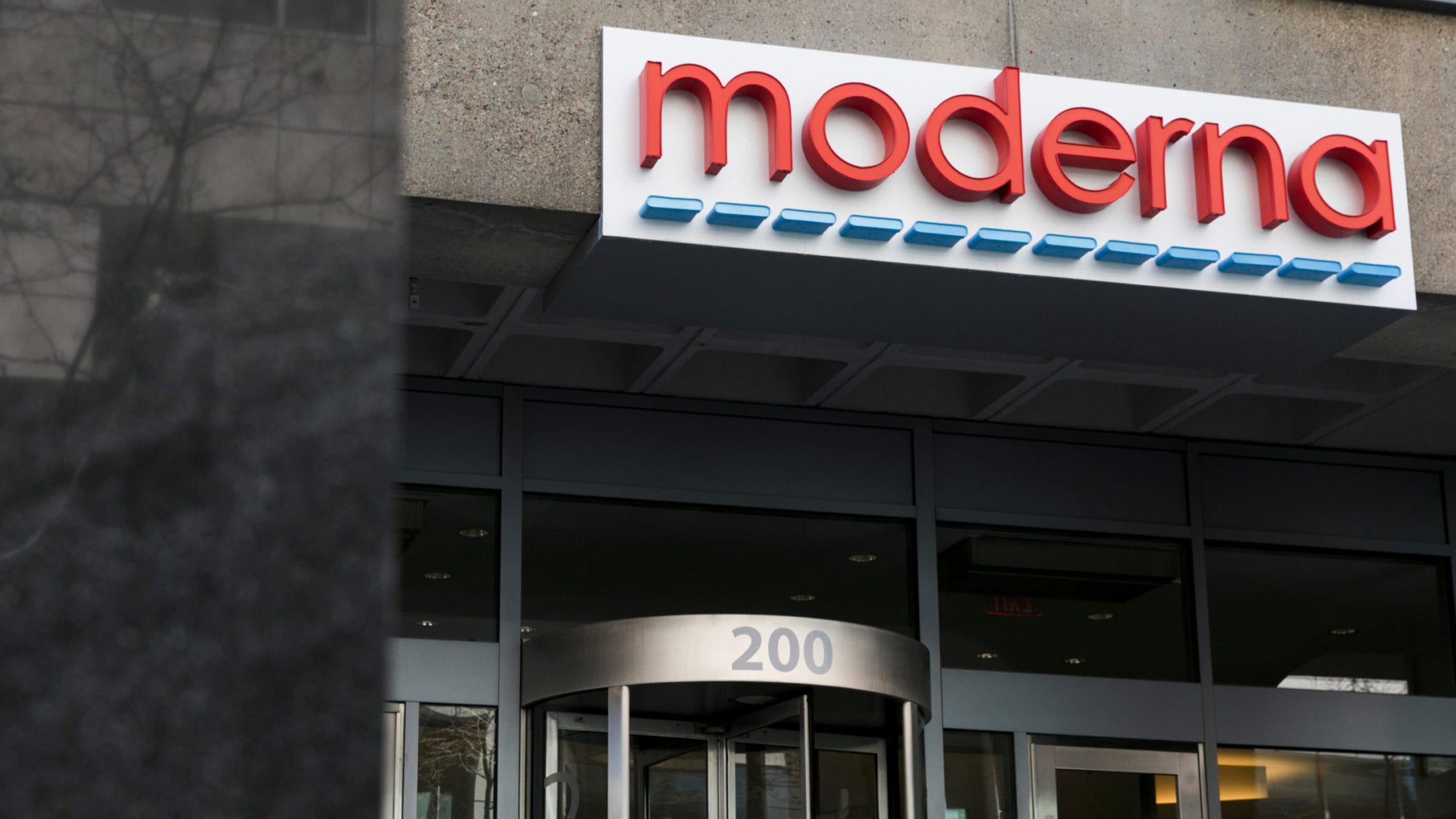
In historic vote, mRNA vaccines go 2 and 0 as FDA experts unanimously back Moderna's Covid-19 vaccine
Come Saturday, the US will likely have two Covid-19 vaccines.
The FDA’s advisory committee on vaccines voted unanimously Thursday — with one abstention — to recommend an …
Sign up to read this article for free.
Get free access to a limited number of articles, plus choose newsletters to get straight to your inbox.